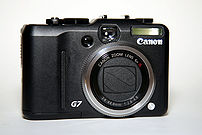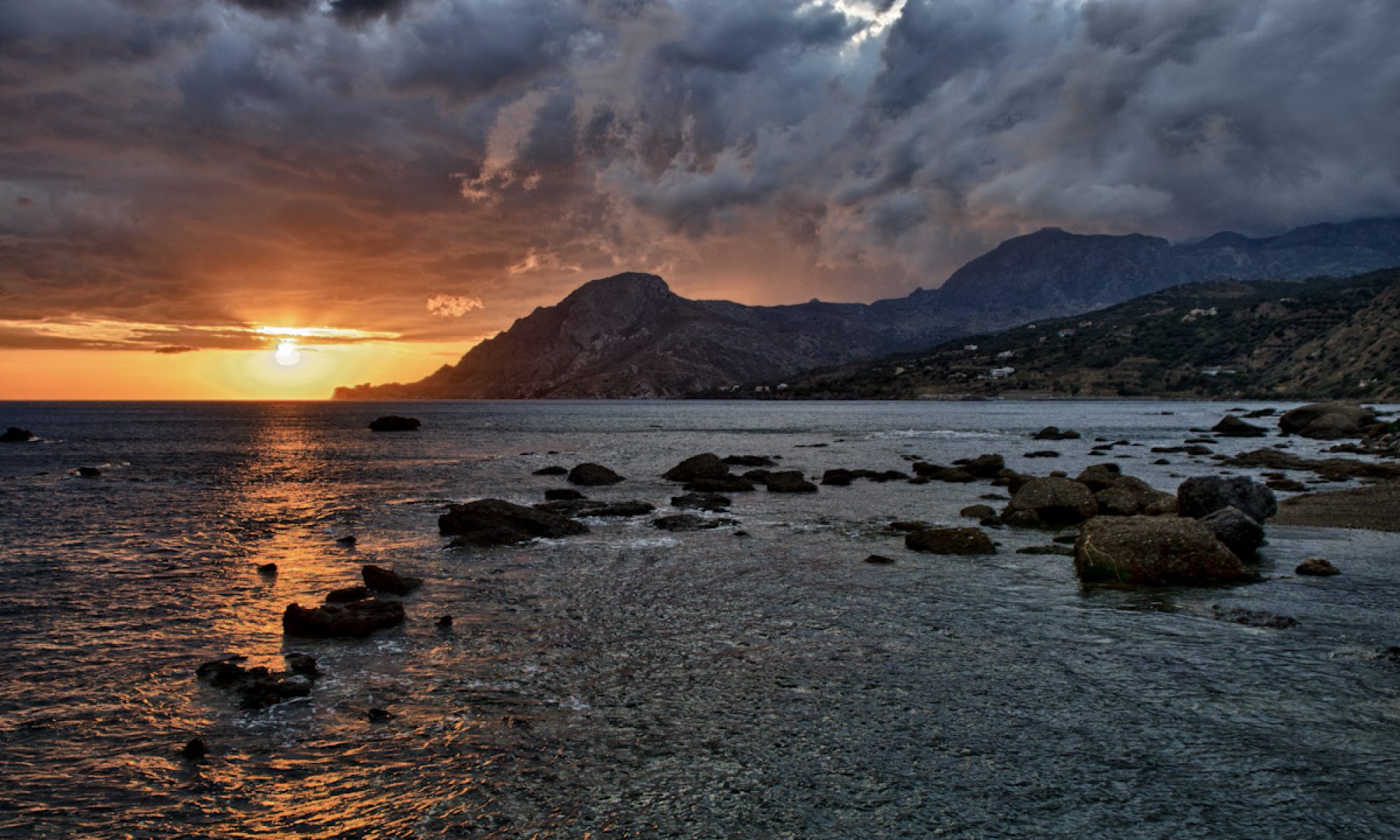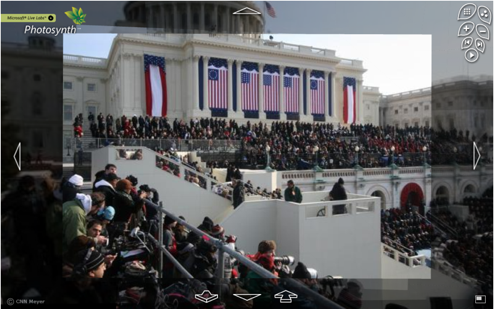I really like my Nikon Digital SLR (currently a D300) but from time-to-time, a smaller camera just comes in handy.
Even back in the days of film I always owned a smaller point-and-shoot (my favorite was the Olympus Stylus non-zoom), and when I moved to digital, the point-and-shoot was the obvious place to start. Primarily I use the smaller camera for snapshots and these are the images that are less-likely to get printed out, and therefore don’t need the fine optics of the larger SLR.
I’ve owned several smaller point-and-shoot (p&s) digital cameras over the years and for the past few I’ve opted for a slightly larger footprint. The small p&S is great for sticking in your pocket but the lenses often leave much to be desired (why I liked the Olympus film camera) and their controls are often buried behind menus.
Several years ago, before I owned a digital SLR, I was intrigued by the Canon G-series of cameras. They’re more the size of rangefinder cameras and they have the same aesthetics and similar control layouts. I thought this would be a great form-factor for a digital camera, but alas, the SLR has once again reigned supreme and has become the defacto pro-level (and ‘prosumer-‘ level) camera design.
But, what I’ve found is that I no longer value the diminutive size of the point-and-shoot camera and prefer the control and handling of the larger ‘rangefinder’ style larger cameras.

- Image via Wikipedia
So it is that I no longer carry around (or even purchase) small point-and-shoot cameras but instead backup my SLR with the larger Canon G-series.
My first was a Canon G7 (several generations past the G3 that originally cought my eye). I used that camera for several trips and on many adventures before it succumbed to a spot on the image sensor. With a relatively high repair cost looming, and a newer model (with RAW shooting mode) available, I made the switch to the latest G10 model.
The Canon G10 has not disappointed. It’s about the same size as the older G7, the battery lasts as long or longer, the controls are even better laid out, and the image quality remains excellent.
The biggest complaint I have is the low-light capabilities of the camera. Anything above ISO 400 is way too grainy. Thankfully it has a relatively fast lens and some image stabilization so I can often work around that. And, when compared to a point-and-shoot, it’s definitely no worse.
So this camera will continue to be my go-to-camera in situations where I don’t want to bring my hulking SLR – quick day trips, weekend jaunts, as a carry everywhere day-to-day or on vacations, and even backcountry trips where I don’t want the extra weight of the SLR.




